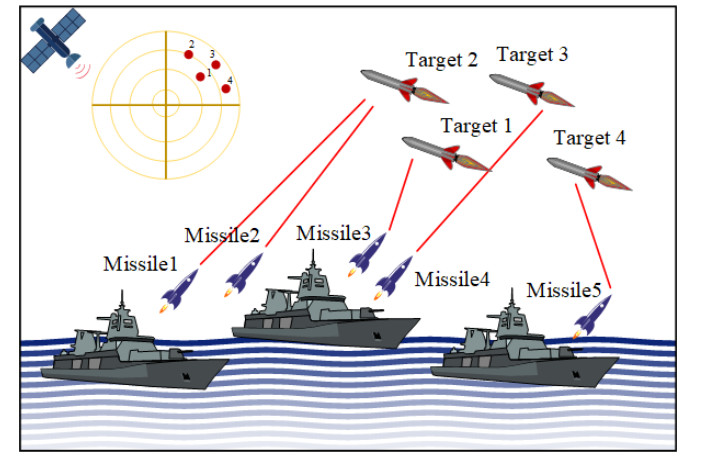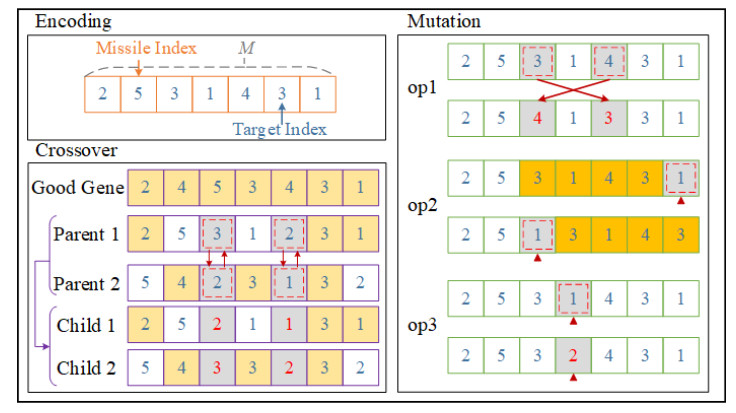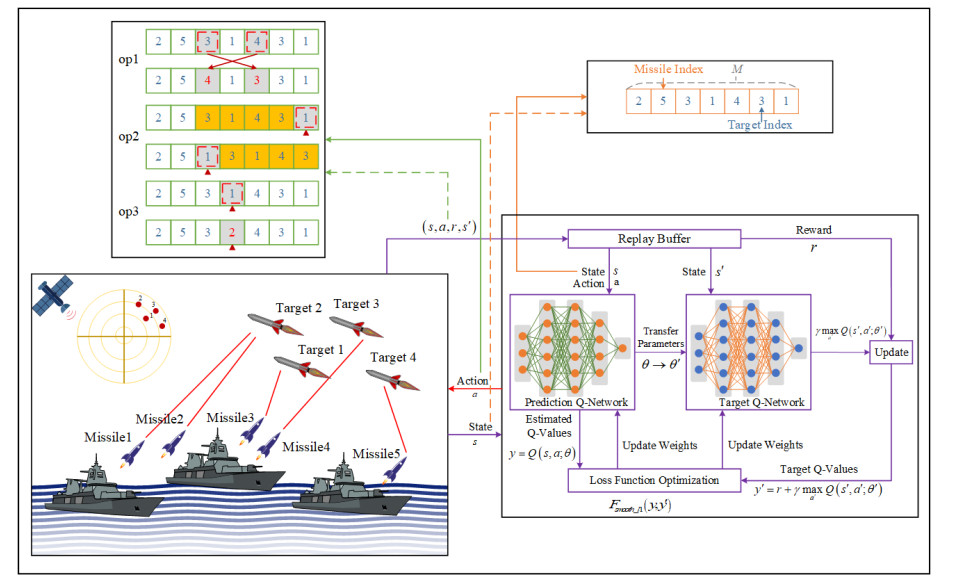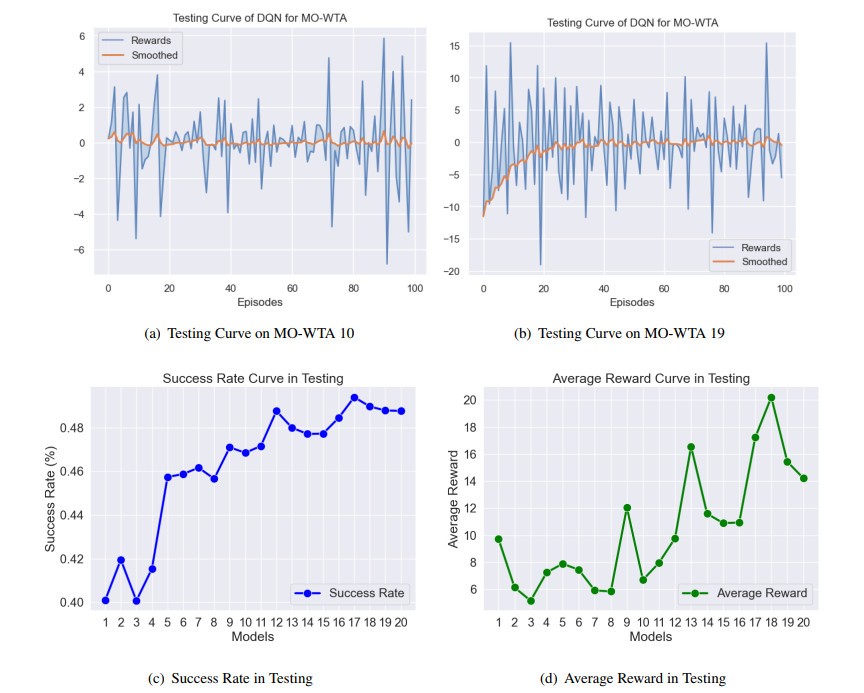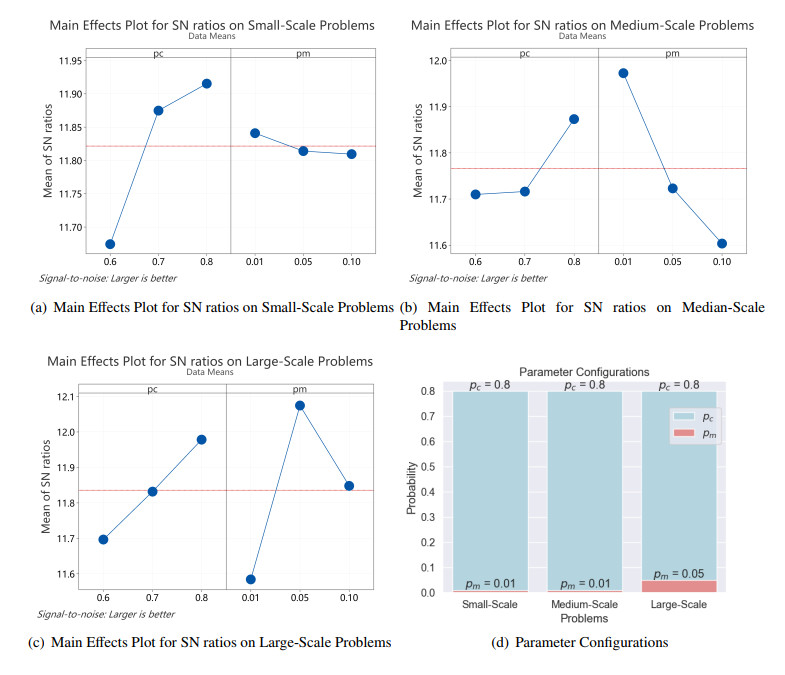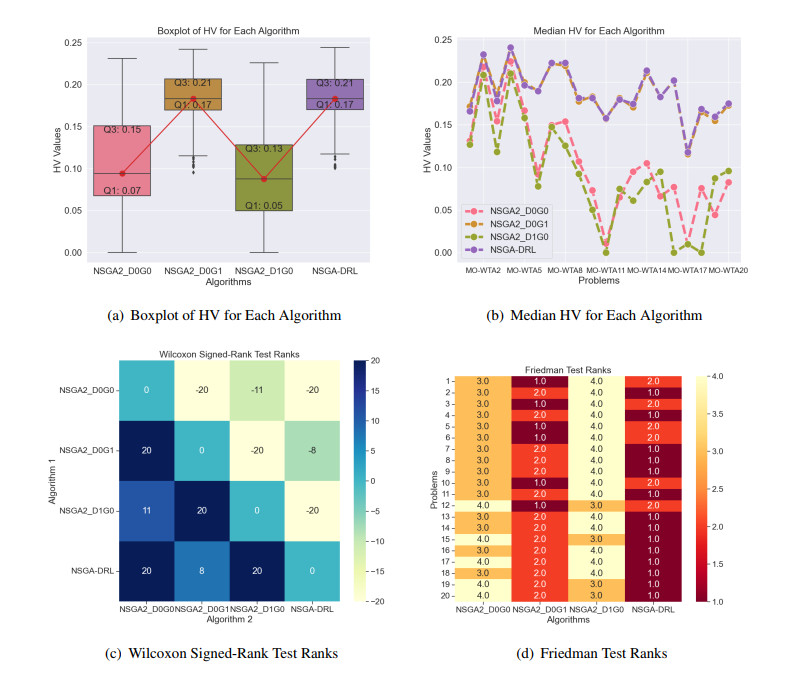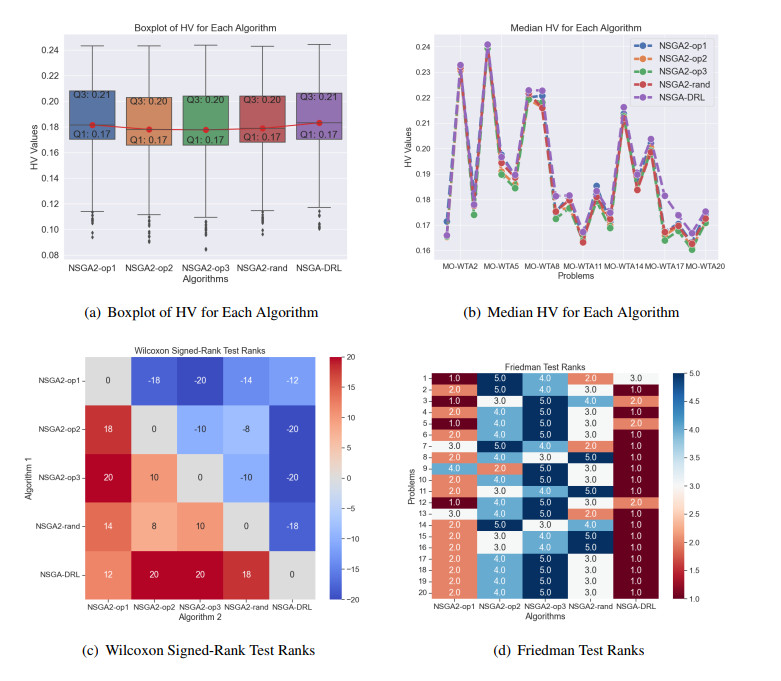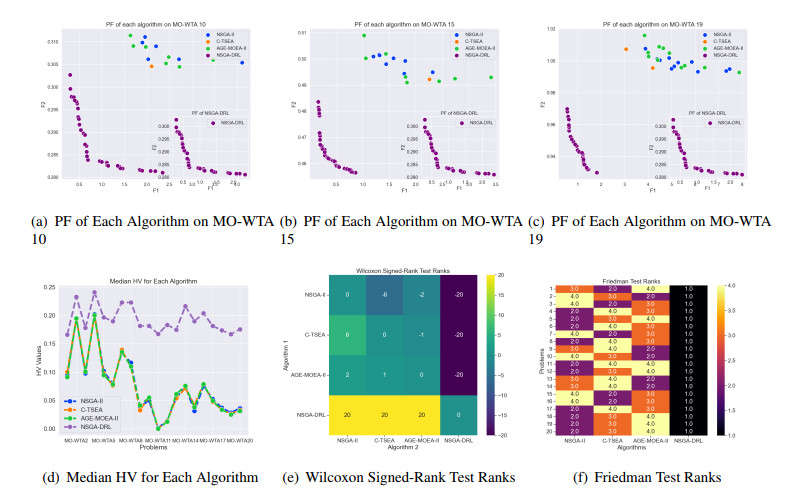1.
Introduction
The general expansion of integer-order calculus to arbitrary order is fractional calculus (FC), which was developed at the end of the seventeenth century. One of FC's main advantages is that it can be used to describe memory and the inherited characteristics of many different phenomena. Additionally, classical calculus is a small subset of FC. The joint efforts of pioneers like Podlubny [1], Ross and Miller [2], Caputo [3], Riemann [4], Liouville [5], and many more created the foundation of fractional order derivative. The calculus of fractional order has been used in optics [6], electrodynamics [7], signal processing [8], chaos theory [9], and other fields [10,11]. It has also been connected to practical initiatives. The nature and behavior of nonlinear issues that emerge in daily life are largely described by the numerical and analytical solutions for differential equations of arbitrary order that arise in the events above [12,13].
The solutions of different kinds of nonlinear partial differential equations (NLPDEs) known as solitons exist as a specific form of solitary waves. These superb stable one-wave forms find extensive application in different areas because of their distinct properties. Dispersive waves dominate this system because they both disperse the waves inelastically and result in energy loss from radiation events. Thus, the solitary waves survive by keeping their shape and speed after completing a nonlinear connection. The soliton theory develops essential knowledge about the physical behavior and the meaning of nonlinear events. The theory of solitons attracts scientific exploration because it enables wide-ranging applications within transmission media along with design work, numerical materials study, mathematical physics, and various fields of nonlinear science. Research investigators today show greater interest in obtaining detailed calculations by using expert computation software to reduce complex mathematical operand complexity. Several advanced computational approaches described in the literature explore the characteristics of various types of solutions produced by nonlinear physical models as reported in [14,15,16].
Nonlinear systems research has identified fundamental complex dynamics that multiple scientific fields use. Studies in this domain focus on creating a unified model from the Korteweg-de Vries (KdV) equations and Schrödinger. The equartions contain vital elements of wave propagation and soliton processes that make them effective for studying different physical phenomena. When the nonlinear dispersive KdV combines with its quantum mechanical Schrödinger counterpart, it produces a coupled system that contains multi-dimensional linear and nonlinear dynamics processes [22,23,24]. The combined system delivers an expanded foundation for studying wave motion along with tools to analyze several remarkable effects created through the combined action of the equations. Scientists study the complete mathematical properties of coupled Schrödinger-KdV equations as a nonlinear system through research conducted from [25,26,27].
Analyses of numerous physical systems demand the study of nonlinear systems as a necessary method to understand their behavior. Such nonlinear systems give rise to the linked Schrödinger-KdV equations, which become an outstanding research problem because of their appealing nature. The system incorporates two essential parts containing the KdV equation used to explain nonlinear wave propagation alongside soliton characteristics and the Schrödinger equation dedicated to describing quantum mechanical properties. This combined equation system produces a new system that represents linear quantum phenomena with nonlinear dispersive dynamics, thus making it possible to explore different physical interactions [28].
The variational iteration technique was invented by He's [29,30,31,32,33,34] and has been successfully used in nonlinear poly crystalline solids, self-governing ordinary differential equations [34], and other fields. In one degree of freedom, an approximate solution to weakly nonlinear systems is constructed using an averaging technique, variational iteration method, method of variation of constants, and perturbation approach.
Liao Shijun introduced the homotopy analysis technique (HAM) in 1992 [35], utilizing homotopy, an essential term in differential geometry and topology. HAM has been successfully used to obtain approximate analytical solutions, free of linearization and perturbation, for issues that emerge in science and technology. Large amounts of computer memory and more time are required for the conventional approach (i.e., HAM). Therefore, combining this method with already-existing transform techniques is necessary to overcome these restrictions. Singh et al. [36] introduced the q-homotopy analysis transform method (q-HATM), a sophisticated combination of the Laplace transform and q-HAM. The series solution, which swiftly converges to the precise answer within a brief allowable zone, is managed and controlled by the future scheme. The ability of the suggested method to combine two powerful algorithms to solve linear and nonlinear fractional differential equations analytically and numerically is an improvement. The future approach is free from assumptions, discretization, and perturbation, and it has many robust qualities, such as nonlocal effect, simple solution process, and promising broad convergence region. The Laplace transform using semi-analytical methods takes less computation. It is time to calculate the solutions for complicated nonlinear models and phenomena that occur in research and industry, which is worth disclosing. The two auxiliary parameters, ℏ and n, that the q-HATM solution uses enable us to modify and regulate the solution's convergence. The suggested method can provide outcomes with greater efficiency while requiring less calculation time and effort than conventional methods. Many writers have recently used q-HATM to analyze various phenomena located in various locations. For example, the model of vibration equation of arbitrary order is studied by Srivastava et al. [37], the model of Lienard's equation is studied by Kumar et al. [40], many authors find the approximated analytical solution for nonlinear problems [41,42], Bulut and his coauthors analyze the arbitrary order model of the HIV infection [38], and Prakash and his coauthor find the approximated analytical solution for fractional multi-dimensional telegraph equation [39]. Many others find the approximated analytical solution for nonlinear problems [41,42].
The implementation of the q-HATM and the variational iteration transform method (VITM) to the fractional-order system of Schrödinger-KdV equations is examined in this paper. This study is innovative because it uses an extraordinary transformation known as the Mohand transformation (MT). The solutions to the provided issues demonstrate the efficacy of the proposed tactics. Tables and statistics are used to examine and illustrate the solutions of the recommended approaches.
2.
Concepts of Mohand transform
Definition 2.1. Assume that U(ξ) is the function for which [43] defines the MT as:
A description of the Mohand inverse transform (MIT) appears in the following explanation:
Definition 2.2 ([44]). The fractional MT derivative is given as:
Definition 2.3. The following are a few of the features of the MT:
(1) M[U′(ξ)]=sR(s)−s2R(0),
(2) M[U″(ξ)]=s2R(s)−s3R(0)−s2R′(0),
(3) M[Un(ξ)]=snR(s)−sn+1R(0)−snR′(0)−⋯−snRn−1(0).
Lemma 2.1. Assume that U(η,ξ) is an exponentially ordered function. With M[R(s)]=U(η,ξ), the MT is then characterized as:
where η=(η1,η2,⋯,ησ)∈Rσ, σ∈N, and Drσξ=Dσξ.Dσξ.⋯.Dσξ(r−times).
Proof. The induction method demonstrates the truthfulness of Eq (2.1), while r=1 allows solving the equation to obtain the following result:
By Definition 2.2, Eq (2.1) is proven to be true for r=1. r=2 is substituted in Eq (2.1) to obtain:
Take Eq (2.2) on the left-hand side:
Another approach to define Eq (2.3) is as follows:
Assume
In Eq (2.4), put Eq (2.5) and then solve to get the following result:
In Eq (2.6), the Caputo derivative results in the following modifications:
The following is the solution of Riemann-Liouville (RL) integral modification to Eq (2.7):
These results are achieved by using the MT derivative feature on Eq (2.8)
The solution was achieved by applying Eq (2.5)
As M[z(ξ,η)]=Z(η,s), consequently, Eq (2.9) may also be written as follows:
Suppose that for r=K, Eq (2.1) holds. Apply r=K to Eq (2.1), then
Another step is to provide that Eq (2.1) holds for r=K+1. Now, solve Eq (2.1), by replacing r=K+1.
Equation (2.12) may be used to deduce this result:
Let
The following solution is achieved by applying Eq (2.13):
The Caputo's derivative and the RL integral are used to solve Eq (2.14)
Equation (2.11) may be used as a basis to develop Eq (2.15)
Here is another way to express Eq (2.16) as:
Equation (2.1) holds for r=K+1, as mathematical induction demonstrates. It follows that for any positive integer, Eq (2.1) holds. □
Lemma 2.2. Suppose that the order of the function U(η,ξ) is exponential. M[U(η,ξ)]=R(s) shows the MT of U(η,ξ). The MT contains the following statement about multiple fractional power series (MFPS):
where η=(η1,η2,⋯,ησ)∈Rσ, σ∈N.
Proof. Consider the Taylor series:
We reach the following result by applying MT to Eq (2.18):
To achieve the subsequent result, make use of MT's features
This leads to an updated Taylor series. □
Lemma 2.3. In MFPS, the modified Taylor series takes this form when MT is symbolized as M[U(η,ξ)]=R(s)
Proof. Consider the Taylor series:
The limit determined in Eq (2.19) is computed and simplified to provide Eq (2.20). □
Theorem 2.4. Let M[U(η,ξ)] denote a function. Then, R(s) is expressed in the MFPS notation as follows:
where η=(η1,η2,⋯,ησ)∈Rσ and σ∈N. Then, we have
where Drσξ=Dσξ.Dσξ.⋯.Dσξ(r−times).
Proof. Consider the Taylor series:
By applying limit to Eq (2.21), we obtain the subsequent result:
Simplifying further, we get
Using the basic ideas outlined in Lemma 2.1, we may construct the following variant of Eq (2.22):
Equation (2.23) is derived using Lemma 2.2 as a foundation:
The following result requires taking lims→∞ once again and applying the Taylor series
Using Lemma 2.2, the following results are obtained:
Lemmas 2.1 and 2.3 serve as the basis for modifying the Eq (2.24) in the following way:
By following the same process, we get:
This final solution is found using Lemma 2.3:
Generally,
□
The following theorem describes and explains the new form of Taylor's series convergence.
3.
Methodology
3.1. q-homotopy Mohand transform method (q-HMTM)
Consider the following nonhomogeneous, nonlinear fractional order partial differential equation (PDE):
DσRU(η,ξ) represents the Caputo derivative, whereas N and R represent the nonlinear and linear operators, respectively, and H(η,ξ) is the source.
Apply Mohand transform to Eq (3.1)
The nonlinear function is given as:
Here, φ(η,ξ;q)) w.r.t η, ξ, and q∈[0,1n] are the real-value functions. A homotopy can be given as:
In the above expression, the initial condition is denoted by U0, and the auxiliary parameter is denoted by ℏ=0.
The following result holds for both 0 and 1n:
The strengthening of the q parameter causes the solution φ(η,ξ;q) to diverge from the initial predictive value U0(η,ξ) to U(η,ξ). The following expression results from applying Taylor's theorem to function φ(η,ξ;q) when it depends on variable q:
where
The convergences series of (3.4) at q=1n for the appropriate values of U0(η,ξ), n, and ℏ. Consequently,
The derivatives of Eq (3.4) and the parameter q are} obtained by q=0, dividing by m!, and calculating the derivative
The auxiliary parameters ℏ≠0 and the vectors are expressed as:
The outcome of applying the MIT to Eq (3.9) is as follows:
The elements of the q-HATM result are ultimately determined by solving Eq (3.11).
3.2. VITM
Consider the following nonhomogeneous, nonlinear fractional order PDE:
Initial condition
Using the MT in Eq (3.13) is given as
The iteration property of transformation is defined as:
with the Lagrange multiplier of (−λ(s)),
where λ(s)=−1sσ, and substituting Eq (3.17) into Eq (3.16), we obtain
The MIT in Eq (3.18) enables us to derive:
The starting constraints become:
The recursive system is followed as:
4.
Problem 1
4.1. The implementation of q-HATM
Let's assume the system of Schrödinger-KdV equations of time-fractional order:
where 0<σ≤1.
Initial conditions are given as:
The definition} of nonlinear operators is given as follows:
Also, the operators of the Mohand are given as:
Here,
The initial condition in Eq (4.7) allows us to derive the following:
and so on.
Additionally, the other components may be identified in this manner. The q-HATM solution of Eq (4.1) is derived as follows:
For σ=1, ℏ=−1, and n=1, solutions ∑Nm=1Um(1n)m, ∑Nm=1Vm(1n)m, and ∑Nm=1Wm(1n)m converge to the exact solutions as N→∞.
4.2. The implementation of VITM
Consider the time fractional order system of Schrödinger-KdV equations:
where 0<σ≤1.
Initial conditions are given as:
By employing the recursive formula defined by Eq (3.21), we can get
The second approximation may be produced by inserting n=0, as shown in the expression below:
By simplification, we get
By taking n=1, we have
As a result of simplifying the expression, we arrive at the following final result:
5.
Graphical and tables discussion
The research evaluates the graphical impact of fractional ordering effects on Schrödinger and KdV equation solutions by utilizing both VITM and q-HATM. Figure 1 represents how the solution U(η,ξ) reacts when fractional orders σ increase. Figure 1(a–c) displays the solutions with corresponding fractional orders of 0.4, 0.6, and 1.0. Profile diagram analysis establishes that increasing the σ value leads to significant changes in solution forms, which proves how fractional order fundamentally affects system dynamic behavior. Figure 1(d) shows solutions that illustrate transformations in system behavior across variable σ values. The solutions of U(η,ξ) generated using q-HATM and VITM methods appear in Figure 2. Examining the precision details of q-HATM and VITM through method comparison aids researchers to determine their applicability for fractional differential equation solutions. The analysis of U(η,ξ) for ξ=0.01 appears in Table 1 through q-HATM and VITM evaluation methods. The presented tabulated information permits an immediate comparison of accuracy and operational performance characteristics. Table 2 demonstrates how the methods maintain their accuracy level in U(η,ξ) calculations when operating at ξ=0.01. The limited error ranges strengthen the reliability of both q-HATM and VITM for their capability to approximate solutions for fractional differential equations. Figure 3 presents the analysis of solution U(η,ξ) while varying fractional order parameters just like Figure 1 did. A unified comparison appears in Figure 3(d) while Figure 3(a–c) correspond respectively to the values σ=0.4, σ=0.6, and σ=1.0. The systematic variations confirm the high sensitivity of V(η,ξ) to modifications in σ because FC impacts wave dynamics thoroughly. Such a figure depicts the q-HATM and VITM generated solutions of V(η,ξ) to demonstrate their match and mismatch points. Analytical methods in FC require such comparative assessments to validate their robustness. A thorough analysis of V(η,ξ) at the specific condition of ξ=0.01 is presented in Table 3 to display the results obtained from both methods to evaluate their performance characteristics. Table 4 demonstrates the accuracy and reliability of employed methods to track fractional-order systems through absolute errors presented for V(η,ξ) evaluated at ξ=0.01. Figure 4 represents an examination of W(η,ξ) solutions by varying fractional order values. Figure 5(a–c) displays the solutions of the system when parameter σ equals 0.4, 0.6, and 1.0. Figure 5(d) presents an overall comparison of the solutions. The graphical representations establish that the fractional parameter function is a primary influence that directs the solution's configuration. Figure 6 compares q-HATM and VITM solutions for W(η,ξ), allowing assessment of method performance capabilities and constraints when used in fractional differential equations. Table 5 showcases an extensive review of the W(η,ξ) solution at ξ=0.01 through both methods to evaluate their operational capabilities and computational resource consumption. Table 6 focuses on the absolute errors of W(η,ξ), which strengthens the evidence regarding q-HATM and VITM as methods that produce accurate solutions for complex fractional systems with ξ=0.01. The tabular and graphical assessments demonstrate that q-HATM and VITM succeed efficiently in resolving fractional-order Schrödinger and KdV equations. These visualizations verify the fractional parameter sensitivities and show the accuracy and convergence of the proposed approaches that significantly benefit FC applications in mathematical physics and engineering.
6.
Conclusions
This research investigated the solution of Schrödinger and KdV equations using q-HATM and VITM under fractional-order differential equations. I changed nonlinear equations using Caputo fractional operator into efficient iterative algorithms for obtaining series solutions that showed rapid convergence. The two methods used for solving fractional differential equations showed ease of calculation while delivering precise results and confirmed the validity of obtained solutions through their established effectiveness. The utilized methods delivered powerful solutions for solving difficult wave oscillation and radiation problems. The research examined how fractional-order parameters shape nonlinear wave model dynamics, whereas FC proved essential for mathematical physics and engineering fields. The results highlighted the understanding of fractional-order parameters' influence on the dynamics of nonlinear wave models and deepened the appreciation of FC in mathematical physics and engineering. The proposed techniques that garnered attention from graphical illustrations increased confidence in numerically solving essential components of wave representation. These results can be further built upon by applying them to multidimensional and multi-order nonlinearity models, extending their reach across disciplines, including engineering and science.
Use of Generative-AI tools declaration
The author declares that he has not used Artificial Intelligence (AI) tools in the creation of this article.
Conflict of interest
The author declares that he has no conflict of interest.
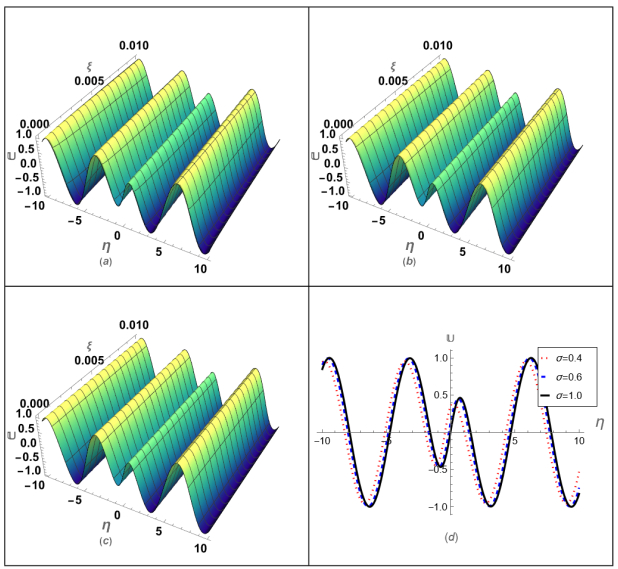









 DownLoad:
DownLoad:







